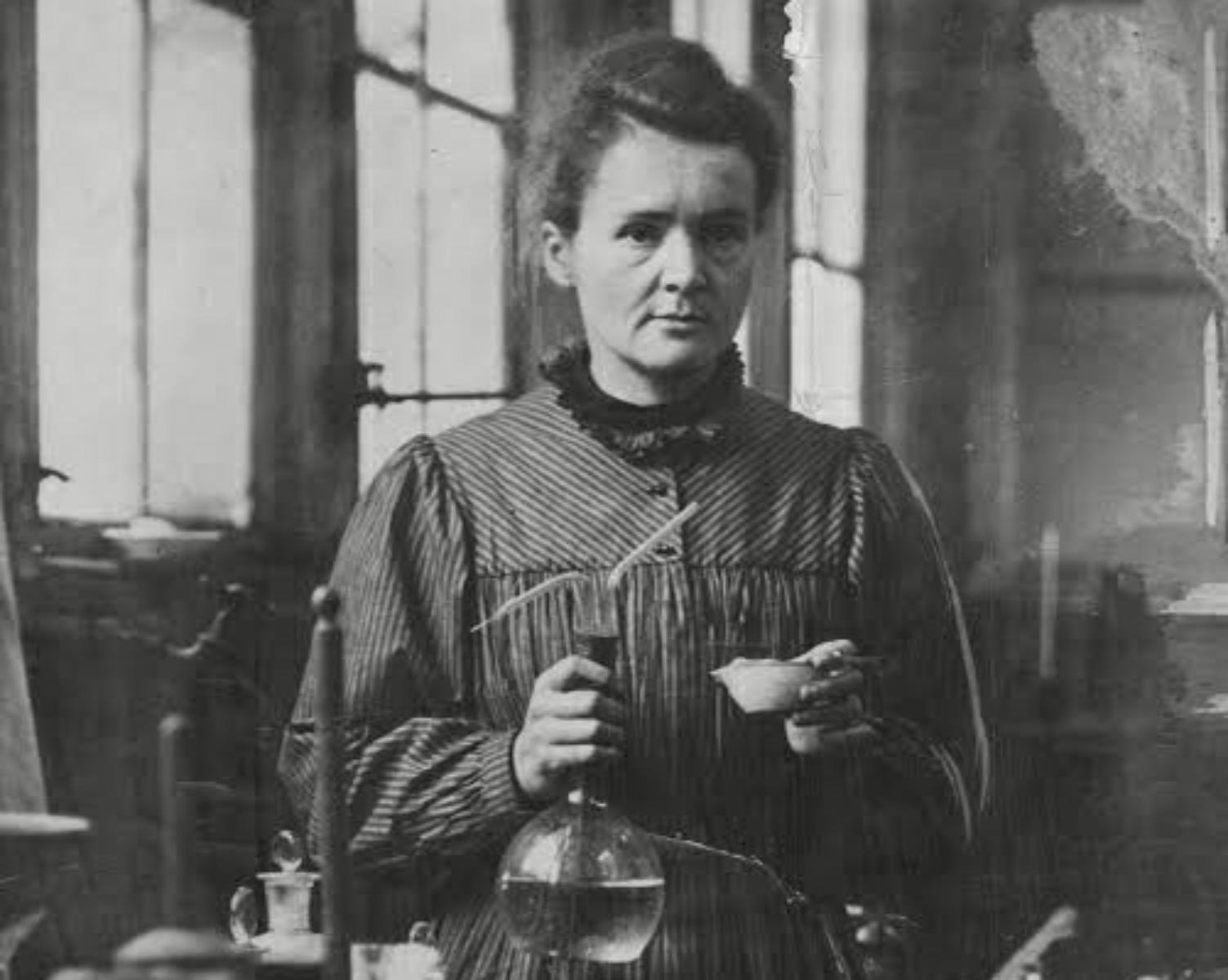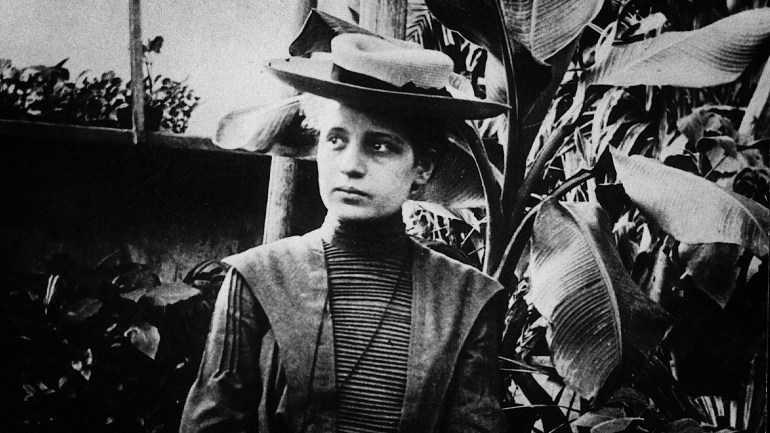5 facts about women who shaped modern physics - ideas.ted.com
Curated from: ideas.ted.com
Ideas, facts & insights covering these topics:
5 ideas
·1.8K reads
36
1
Explore the World's Best Ideas
Join today and uncover 100+ curated journeys from 50+ topics. Unlock access to our mobile app with extensive features.
1. Marie Curie is the only person to have won Nobel Prizes in two different scientific disciplines.
First, Marie Skłodowska Curie won in 1903 for her studies of radioactivity. She shared the prize with her husband, Pierre Curie, and with the other discoverer of radioactivity, Henri Bequerel.
Originally, the Nobel committee had only selected Pierre Curie — but he refused to accept the prize without proper acknowledgement of Marie’s contribution.
Then in 1911, Marie Curie won the Nobel Prize in chemistry for her discovery and studies of radium and polonium.
39
344 reads
2. Before 2018, only two women had ever won the Nobel Prize in physics.
Maria Goeppert Mayer won the Nobel Prize in 1963 for her model of the structure of the atomic nucleus. Goeppert Mayer faced a great deal of gender bias in her career: she had to work in unpaid positions at Columbia University and University of Chicago, where her husband was employed.
34
361 reads
3. Austrian physicist Lise Meitner first developed the theory explaining the process of nuclear fission.
However, she was overlooked by the Nobel committee, who instead awarded Meitner’s colleague Otto Hahn the prize in 1944. Meitner came to be known as the “mother of the atom bomb,” although she refused to work on the Manhattan Project after fleeing Nazi Germany. Element 109 is called meitnerium in her honor.
34
267 reads
4. Albert Einstein called German mathematician Emmy Noether a creative mathematical genius.
Noether’s Theorem is a fundamental idea on which much of modern physics is built. Published in 1918, her theorem states that if an object has symmetry — in other words, if it looks the same regardless of a difference in location or time — this leads to conservation laws in nature.
A simple example is a movie of the motion of a ball when you throw it. The motion looks the same if you run the movie backwards in time (time symmetry).
42
307 reads
5. British astronomer and astrophysicist Cecilia Payne-Gaposchkin established that the sun and other stars are all composed mostly of hydrogen.
Payne-Gaposchkin later became the first woman to chair a department (astronomy) at Harvard.
34
525 reads
IDEAS CURATED BY
Digital marketing at dentsu. Invested in the symbiosis of marketing, psychology, and design. Photographer at heart.
Pranav P.'s ideas are part of this journey:
Learn more about sciencefiction with this collection
Identifying the skills needed for the future
Developing a growth mindset
Creating a culture of continuous learning
Related collections
Similar ideas
3 ideas
22 ideas
Inspirational Quotes by Powerful Women in History
mymodernmet.com
1 idea
Inspirational Quote From Scientist
google.co.in
Read & Learn
20x Faster
without
deepstash
with
deepstash
with
deepstash
Personalized microlearning
—
100+ Learning Journeys
—
Access to 200,000+ ideas
—
Access to the mobile app
—
Unlimited idea saving
—
—
Unlimited history
—
—
Unlimited listening to ideas
—
—
Downloading & offline access
—
—
Supercharge your mind with one idea per day
Enter your email and spend 1 minute every day to learn something new.
I agree to receive email updates





